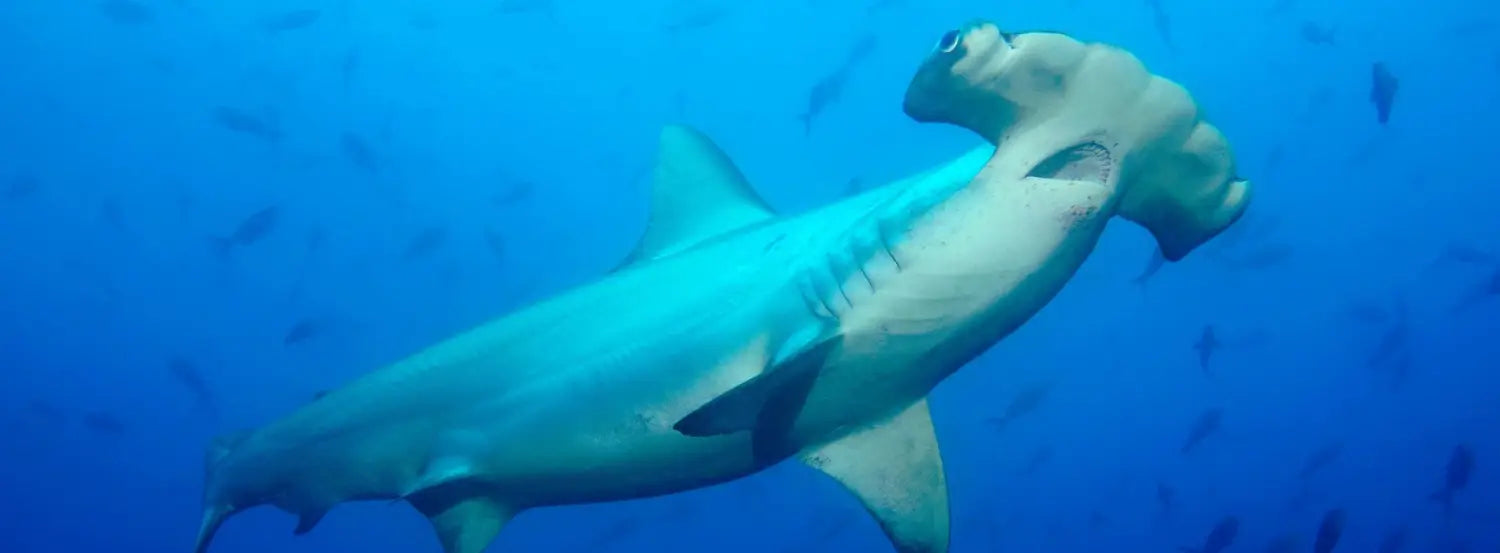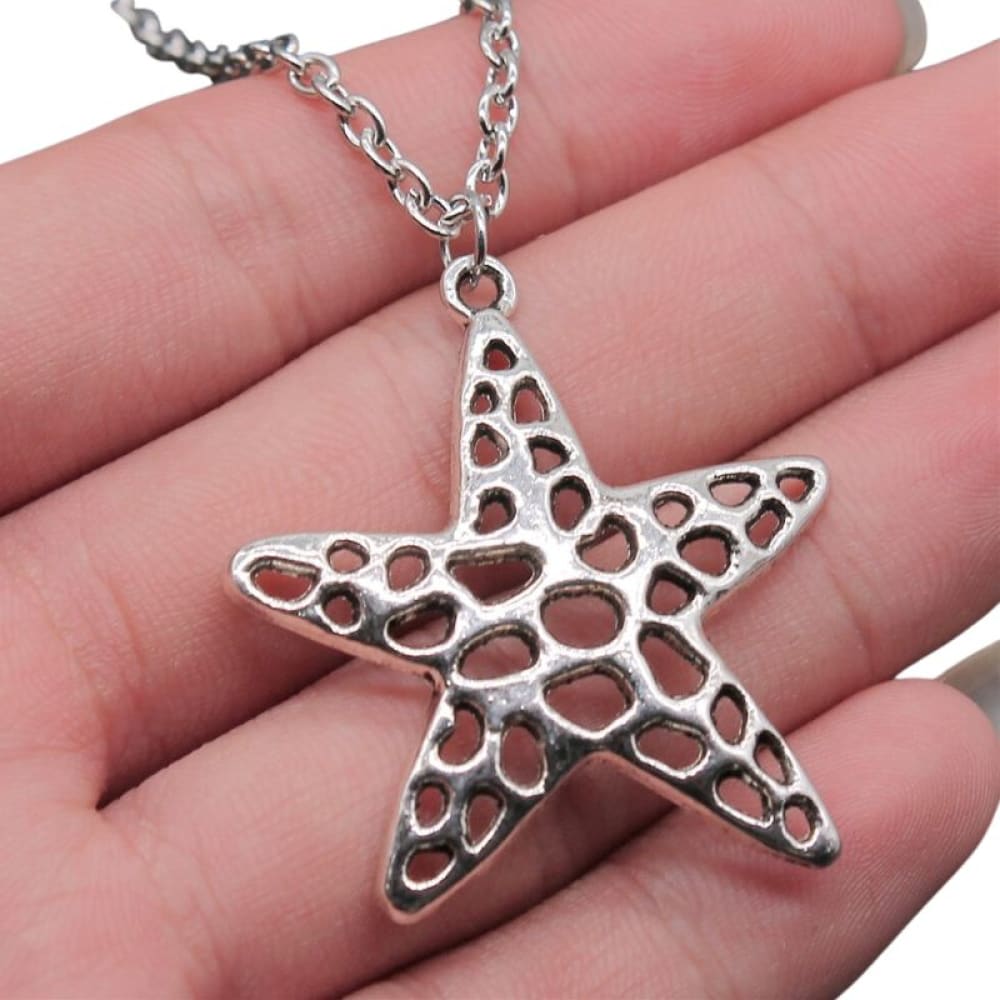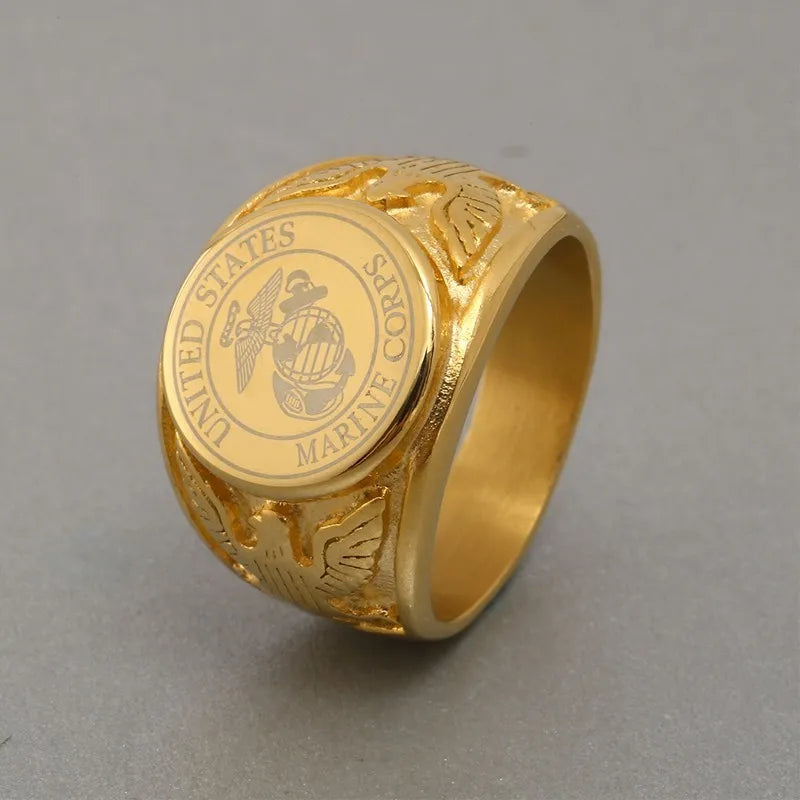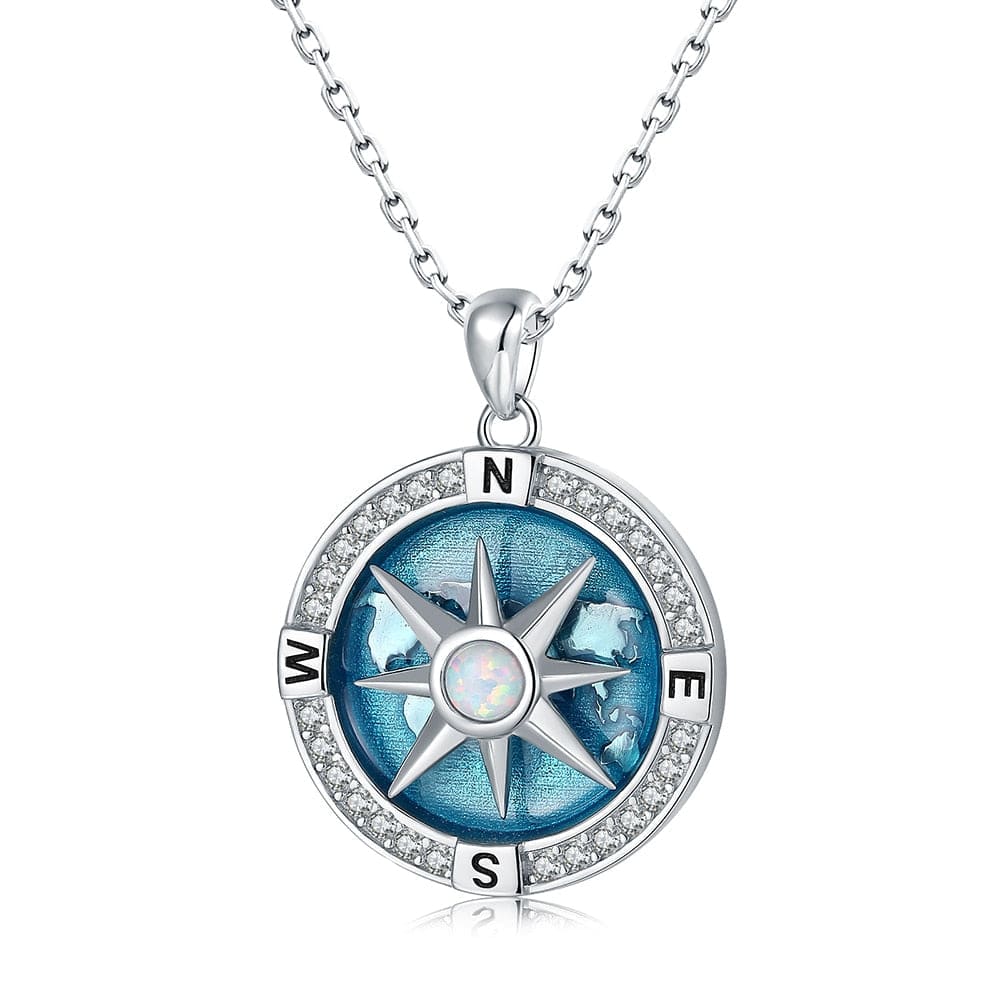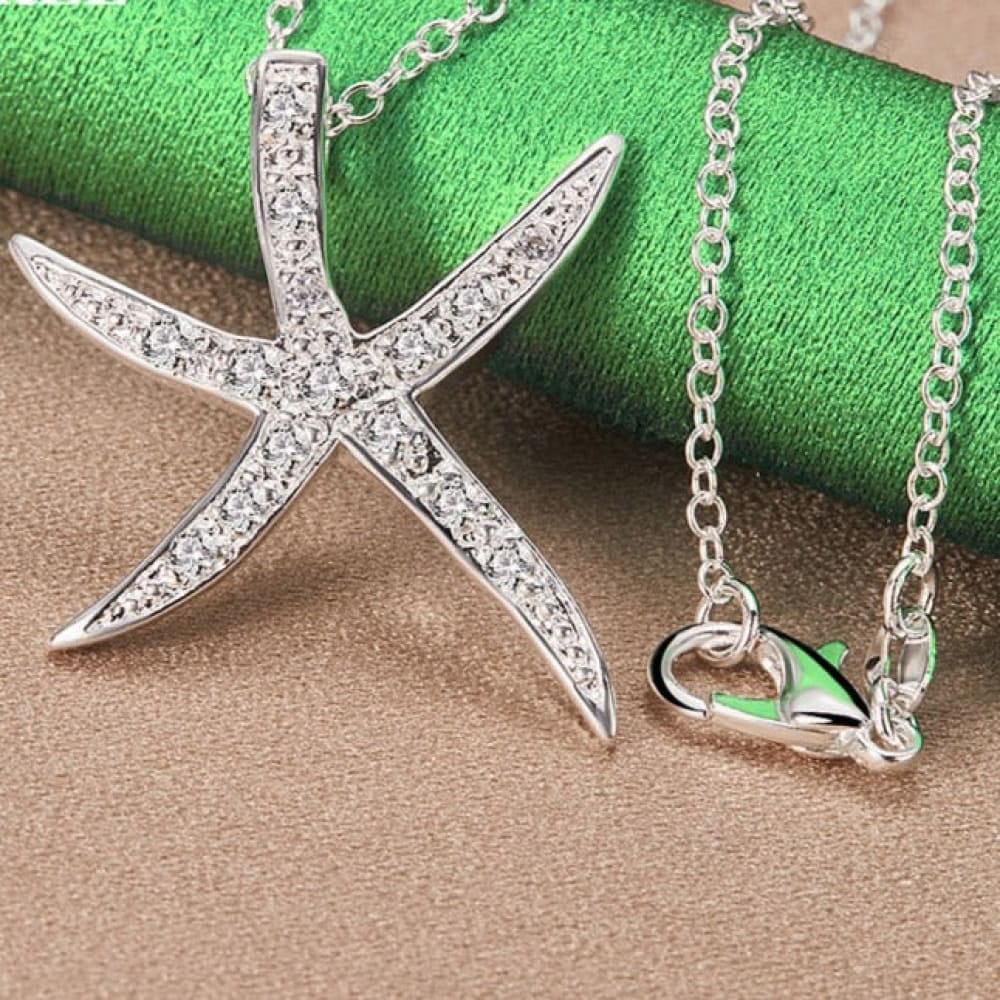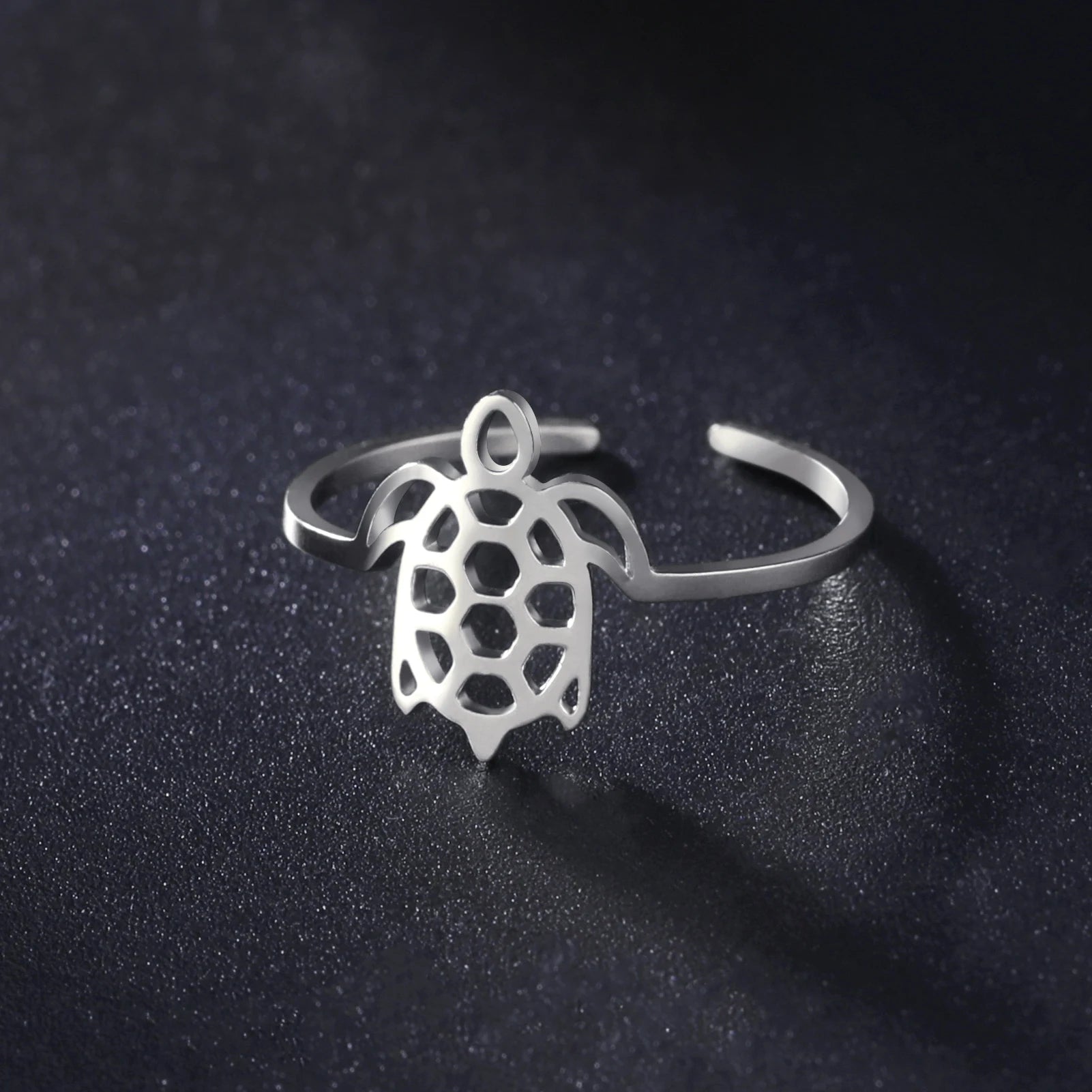The ocean is teeming with incredible creatures, and one species that captures the imagination of many is the hammerhead shark. With their unique head shape and impressive size, these sharks have become iconic symbols of the marine world. In this article, we will delve into the fascinating world of hammerhead sharks, exploring their description, behavior, habitat preferences, and their significance in the oceans.
1. An Introduction
This sharks belong to the family Sphyrnidae, which includes 10 distinctive shark species. These sharks are characterized by their flattened hammer- or shovel-shaped heads, known as cephalofoils. The two main genera of hammerhead sharks are Sphyrna, consisting of 9 species, and Eusphyrna, consisting of 1 species. Ranging in size from the small scalloped bonnethead, measuring only 90 cm (35 inches) in length, to the great hammerhead, which can grow over 6.1 meters (20 feet), these cartilaginous fishes exhibit remarkable diversity.
2. Distribution and Habitat Preferences

They are widely distributed in tropical and temperate marine waters near the coasts and above the continental shelves. They are known to migrate seasonally, moving equatorward during the winter and poleward during the summer. In years with warm El Niño conditions, these sharks may range much farther than normal. Some species, such as the scalloped hammerhead and smooth hammerhead, form large schools that may be segregated by sex or age.
3. The Peculiar Anatomy of Theses Sharks
The most striking feature of them ocean species is, of course, their unique head shape. The flattened and expanded head, or cephalofoil, serves several purposes. It acts as a hydrodynamic bow plane, allowing the shark to raise and turn its head quickly and sharply, enhancing maneuverability during prey capture. The expanded nostril provides hammerhead sharks with a keener ability to locate prey and follow scents. The wide spacing of the eyes provides a wider field of view and enhances anterior depth perception. Additionally, the wide underside of the head houses more electroreceptive organs, which are vital for detecting the electrical impulses of prey, even those buried in sediment.

4. Feeding Habits
These big fishes have a diverse diet, preying on a wide array of fish, cephalopods, and crustaceans. The specific prey varies between different species of hammerhead sharks. The smaller bonnethead sharks have thicker, flattened crushing teeth and often feed on crabs, shrimp, and fishes buried in the sand. In contrast, larger ones possess sizable bladelike teeth and prey on larger fishes, squid, small sharks, and stingrays. The great hammerhead, in particular, specializes in hunting and eating large stingrays, often found with dozens of stingray barbs embedded in their flesh.
5. Reproduction and Life Cycle
These sea speciments are viviparous, meaning they retain fertilized eggs within their bodies and give birth to live young. The number of offspring varies among species, with smaller species producing just a few young, while the great hammerhead gives birth to several dozen. Birth usually occurs during the spring and summer months, and females typically give birth in shallow, protected coastal waters. The young ones will live in these areas until they reach larger sizes and can safely venture into deeper offshore waters.

6. Conservation Status and Threats
Like many marine animals, this creature face numerous threats and challenges. Several species are classified as threatened or endangered due to overfishing and habitat degradation. These sharks are caught in fisheries worldwide, primarily for their fins, skin, and teeth. It is crucial to raise awareness about the importance of conservation efforts to protect these magnificent creatures and ensure their survival for future generations.
7. Human Interaction and Safety Tips
While some are generally not considered dangerous to humans, there have been some confirmed accounts of large somes attacking people. Most of these incidents occurred while spearfishing, where the blood of the speared fish may have attracted the sharks. It is essential to respect and avoid large ones when swimming or diving in their habitats.

8. Fascinating Facts about Hammerhead Sharks
- They have been on the planet for millions of years, with fossils dating back to at least the early Miocene Epoch.
- Some of them can dive to depths of 800 meters or more, enduring temperatures as low as 5 °C (41 °F).
- These sharks have a significant presence in popular culture, appearing in movies, books, and even as mascots for sports teams.
9. Guardians of the Oceans
Theses big fishes play a vital role in maintaining the balance of marine ecosystems. As apex predators, they help regulate the populations of their prey and contribute to the overall health of the oceans. Protecting these magnificent creatures is not only crucial for their survival but also for the well-being of the entire planet.
They are also the guardians of a very deep human symbol: power, tenacity and fearlessness. For this reason, it is very popular to see both men and women wearing jewellery such as rings to represent them. Here are some of the most common examples of hammerhead shark ring:
10. Conclusion
They is an extraordinary species that captivates the imagination and ignites curiosity about the wonders of the ocean. With their unique head shape, diverse feeding habits, and crucial role in marine ecosystems, these sharks are truly marvels of nature. It is our responsibility to ensure their conservation and advocate for their protection. Let us celebrate and cherish the beauty and significance of the hammerhead shark, a true icon of the ocean world.

